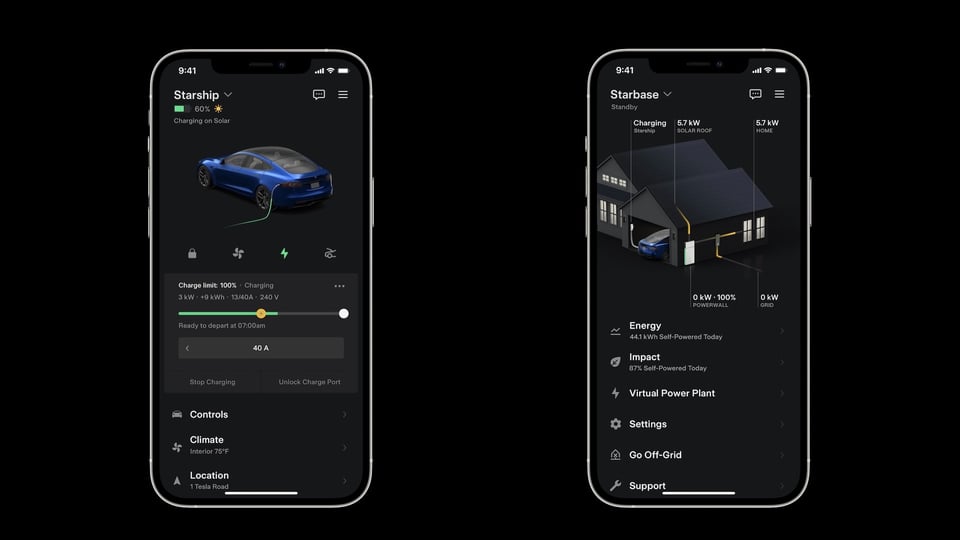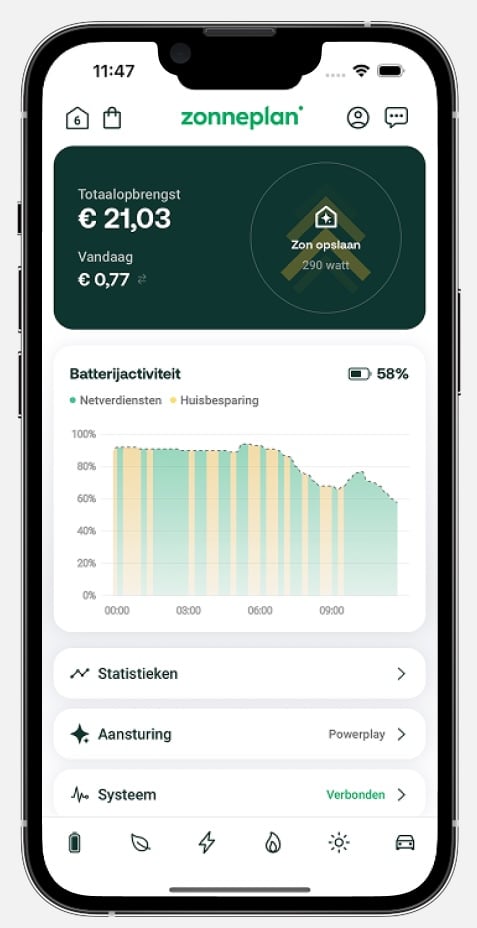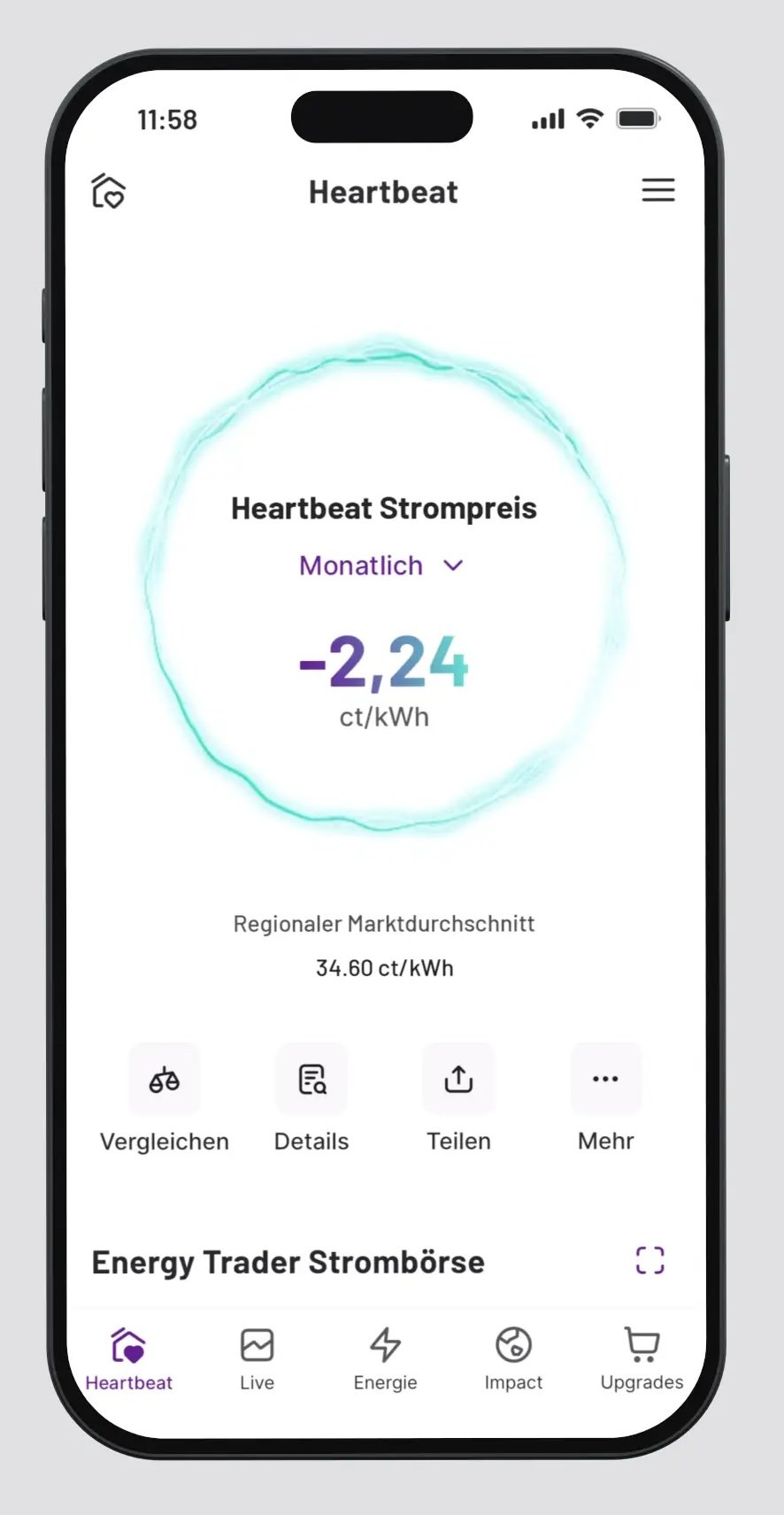Show Me the Money, Home Energy Apps
tl;dr If you find yourself in a position of choosing an app to monitor your home electricity, or solar panels, or an electric car, etc. look at your app options and try to pick one that describes how much electricity you generate or use in terms of money. It’s just easier.
I have a mental shortcut for evaluating home energy apps: are they kilowatt apps or money apps?
Most apps are kilowatt apps. They measure the flow of electricity and report it in kilowatts (kW) or kilowatt-hours (kWh). Here’s an example from the Tesla app, which I’ll pick on because, yeah, it’s Tesla:

How much is a kilowatt hour? I really don’t know. I could of course look it up or, being a good designer, come up with a clever metaphor to help you and I develop a mental model of how much it is1. But the fact that we don’t already have a good mental model of how much it is tells me that reporting energy in kW kinda sucks.
Then there are the money apps. There's one in The Netherlands that’s really sweet called Zonneplan:

At the top the app tells me that I’ve made about 21 Euros with my solar panels. Euros! I can do many useful, interesting things with euros. Many more things than I can do with kilowatts.
Here’s another one, the German-made 1KOMMA5° app:

This screen is telling us that the regional market average price of electricity in our area is about 35 cents per kilowatt hour. I’m not crazy about the usability of anything involving “kilowatts” but homeowners can almost just ignore that part. We can look at that number, take a mental shortcut, and think, “power now costs about 35 cents.”
BUT! Our price is negative 2.24 cents! That’s because in this scenario our solar panels are generating more than we’re using and we’re selling the rest. What I like about this is the emotional impact of seeing a negative electricity price, like we’re somehow hacking our home electricity bill with magical math.
While the negative number is the mathematically accurate thing to display, it’s also a pretty cheeky thing to display, and I like that 1KOMMA5° got all cheeky here. Still, I probably wouldn’t have done it that way. I would have displayed something like:
You are earning about €5 today, and €93 this month.
…which I’d calculate by generating forecasts of how much electricity will be generated minus how much will be used multiplied by the utility rates, and repeat that for the rest of the days of the month. In essence I’m getting rid of kilowatts cause kilowatts suck.
The reason most apps are kilowatt apps is because they don’t know how much you’re spending on electricity. The apps don’t know because most utilities don’t report that information in real-time. The utilities also don’t report other potentially useful information such as whether the electricity is renewable or fossil. I’m not aware of what’s happening in all markets, but here in Germany there are dozens of electric utilities, some of whom are small, and they can be quite slow to change. To get us the data we’ll need to manage our home power effectively, we’ll probably need top-down regulation to kick these utilities into action. That’s a topic of another newsletter.
1 OK, I looked it up. Using a clothes iron for an hour will use about 1 kilowatt-hour of electricity.